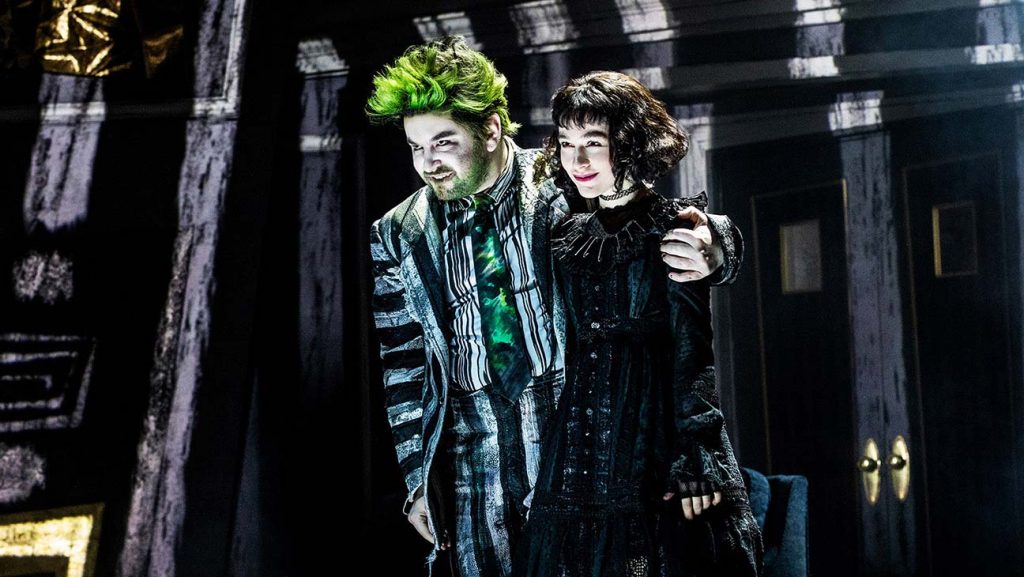
Dramatic Devices: Contrast
Picture this: a lavish party scene, glittering with opulence and mirth, and right in its midst, a lone character, lost in sorrow, oblivious to the festivities around them. This stark difference, this juxtaposition of opposing elements, is the dramatic device known as contrast. But what makes contrast such a compelling tool in drama, and how does it enrich a narrative? Let’s illuminate the shadows and highlights of contrast in the theatre!
Seeing in Black and White
At its essence, contrast in drama is the deliberate use of opposing elements, be it characters, settings, moods, or themes, to highlight their differences. It’s the play of light and dark, joy and sorrow, hope and despair, side by side.
Why Embrace Contrast?
Contrast is not just about showcasing differences; it serves profound purposes in storytelling:
1. Amplifying Impact
By placing two opposing elements together, each becomes more pronounced. The joy feels more vibrant next to sorrow; the vice seems darker next to virtue.
2. Driving Conflict
Many plays revolve around conflicts, and contrast is a powerful way to emphasize these clashes, be they internal struggles or external battles.
3. Deepening Understanding
Contrast allows audiences to see different facets of characters or situations, leading to a more nuanced understanding and eliciting empathy or introspection.
4. Adding Visual and Emotional Texture
From a design perspective, contrast in costumes, lighting, and sets can create visually striking moments. Emotionally, it adds layers to the narrative, keeping audiences engaged and reflective.
Contrast on the Stage
Throughout the annals of theatre, contrast has been employed masterfully:
- William Shakespeare’s “Romeo and Juliet”: The passionate love of the young couple is set against the backdrop of the bitter feud between their families, amplifying the tragedy of their fate.
- Oscar Wilde’s “The Importance of Being Earnest”: The play contrasts superficial societal norms with genuine human desires, using wit and irony.
- Arthur Miller’s “The Crucible”: The contrast between the purportedly pious community and the underlying deceit and hysteria underscores the play’s critique of mass paranoia and moral hypocrisy.
The Delicacies of Contrast
Contrast, while powerful, requires a deft touch:
Purposeful Use
Contrast should serve the narrative. Random or forced contrasts can feel jarring or superficial.
Balancing Act
Too much contrast can be overwhelming, turning a play into a series of disjointed extremes. The key is to strike a balance, ensuring the narrative flows seamlessly.
Subtlety in Execution
While some contrasts are bold and evident, others can be subtle, slowly revealing themselves as the plot unfolds, providing depth and intrigue.
Conclusion
Contrast is the dramatic play of light and shadow, revealing the complexities and multifaceted nature of life and human emotions. It challenges, engages, and moves audiences, urging them to see beyond the surface and appreciate the intricacies of the narrative tapestry. So, the next time you’re immersed in a play and are struck by the poignant juxtapositions, remember the artful device of contrast, painting the stage with its rich and varied hues.






